Perhaps there is no word more loaded and simultaneously mythologized yet scorned than the term “gypsy”. From Fleetwood Mac to Cher to Lady Gaga to Shakira, many pop songs have been written about the romantic stereotype of the wandering vagabond, while at the same time the actual Roma people remain persecuted and living on the fringes of society, often with a negative and misunderstood reputation.
Here in Istanbul “gypsies” are continually shunned and thought of by many as to not be trusted – despite buying flowers from them on street corners, and many a social media queens hash-tagging #gypsy for every roadtrip and travel adventure. Neighborhoods known as “gypsy areas” remain infamous as zones to “be careful in” and even with many Instagram photos popularizing their hanging laundry, roosters crowing, barefooted children and ramshackle buildings, is seems that despite our curiosity and romanticizing of the Gypsy mythology, many of us are still woefully ignorant of who exactly the Roma people are.
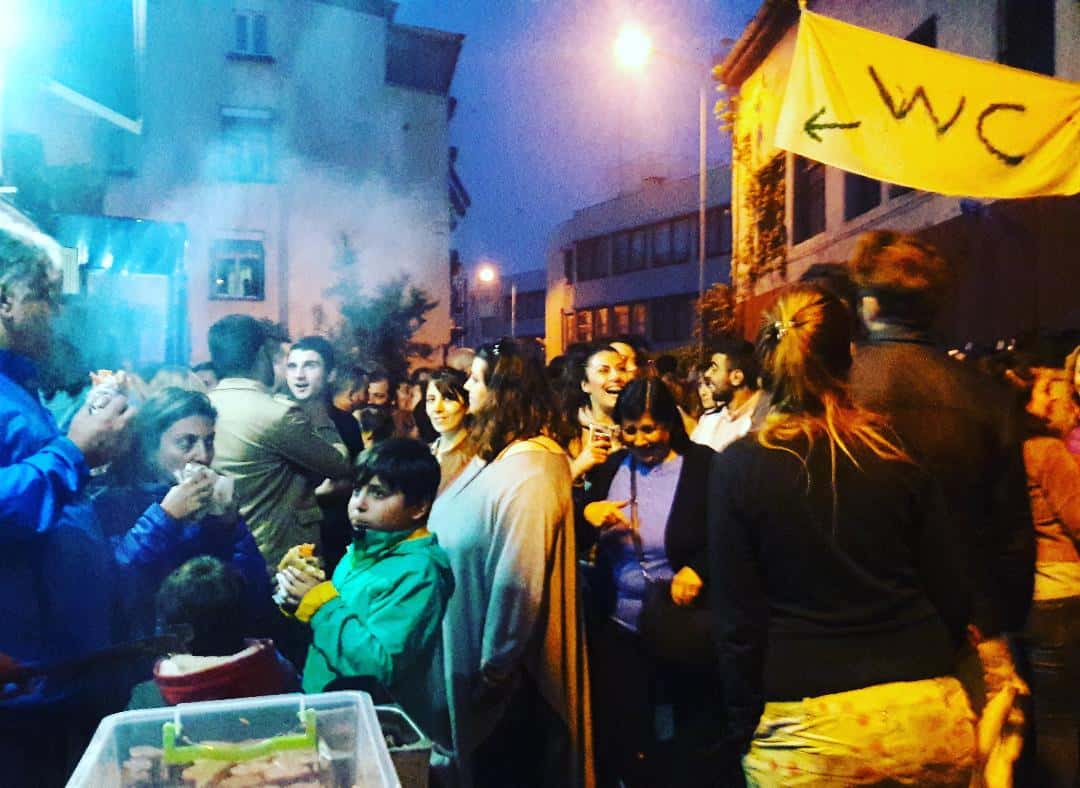
It is generally thought that the Roma – Europes largest ethnic minority – immigrated from India some 1500 years ago. The term “Gypsy” was coined in the 16th century as Europeans theorized that these exotic peoples hailed from Egypt. DNA tests not being what they are now, the term persisted and though it is viewed by many Roma people themselves as a derogatory slur, remains still in common usage. Roma people speak Romany – an Indo-Aryan language with as many as 6 million speakers worldwide. Initially welcomed into Western Europe in the 15th century, due to a variety of factors and governmental instability, by the 16th they were scapegoated and subject to intense persecution and hatred – kept as slaves, subject to taxes, even targeted in sterilization campaigns well into the 20th century. Living culturally separate from the mainstream society, with an emphasis on family, music, poetry, theatre and dance – and a distain for compulsory education – during the Second World War as many as 1.5 million Roma were systemically killed as part of the Holocaust. The largest concentrations of Roma people nowadays are in Spain, Romania and yes, Turkey, where there likely exist up to 3 million Roma.
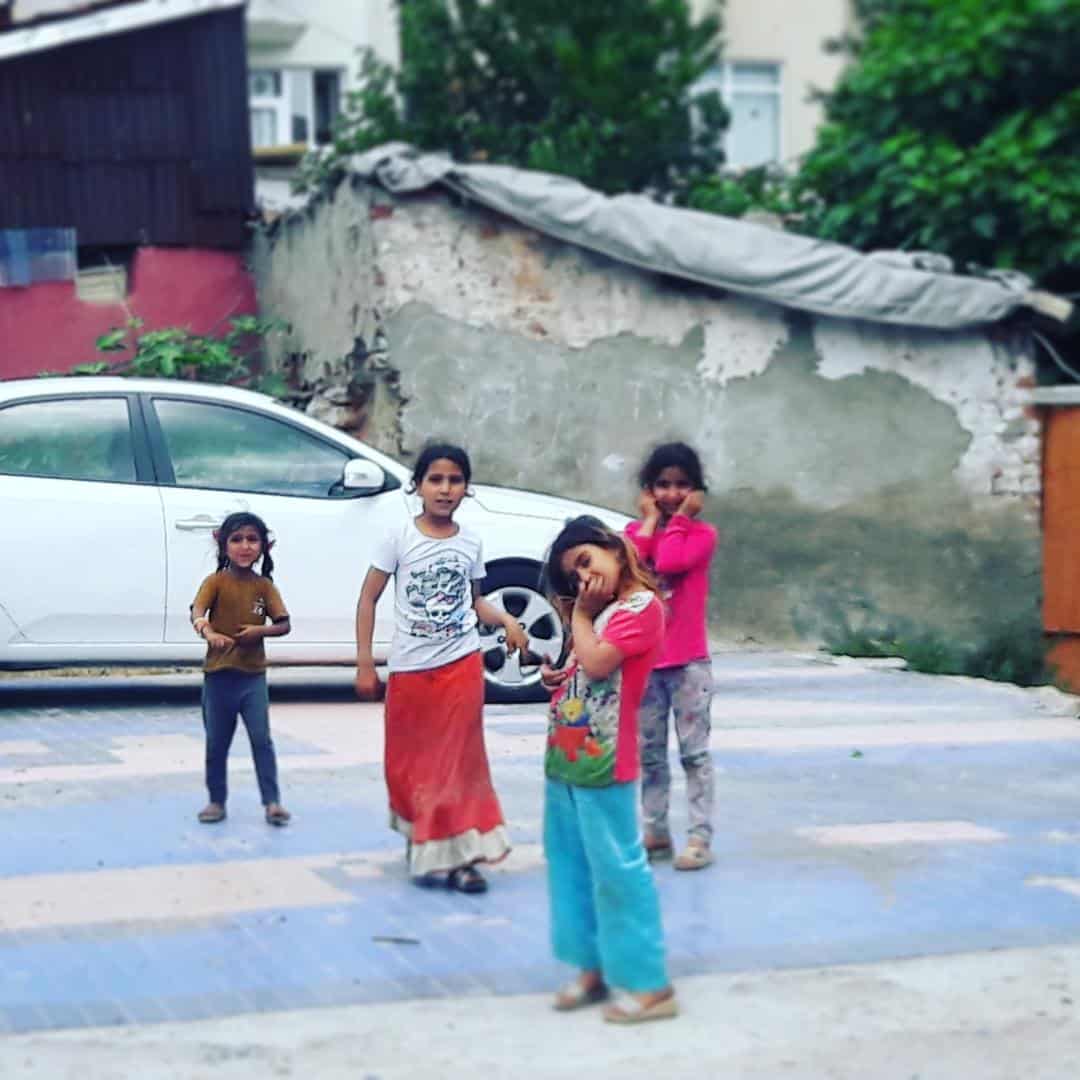
During the very first Roma migrations, groups settled in Istanbul in the year 1054 at Sulukule (Near the ancient city walls in Fatih) where they lived in relative stability and coexistence in a semi-permanent “camp” until less than 10 years ago. A Byzantine era Roma settlement – the first “Gypsy” neighbourhood of Europe – that managed to exist until the present day! Astonishing really, yet sadly, it was destroyed in 2009 as gentrification took told and many of the older areas of Istanbul were overrun with apartment buildings and modern development. For many years Sulukule was the place to go for a good tipple and live music, as many historians including John Freely have marveled:
John Freely described Sulukule’s gypsy zone as “This was the gayest, noisiest, dirtiest, most colorful and disreputable street in all of ‘Stamboul, and although there were never more than a few hundred people living there at any one time, they seemed to generate more turbulent, joyous, boisterous life than the rest of the town taken together…”.
Nowadays, despite the absence of their infamous ancient quarter, you can see Roma people scattered throughout the city, often playing music or selling flowers. Many of them speak Turkish as well, and are often hard to even distinguish from the general population – though some women have the tell-tale striking bleached hair, colorful clothing and a seeming love of leopard print. Known as “Dom” people throughout the Middle East, a sizable Syrian Roma population have also immigrated to Istanbul as refugees. Already a marginalized group, one can only imagine the challenges they have had to face here.
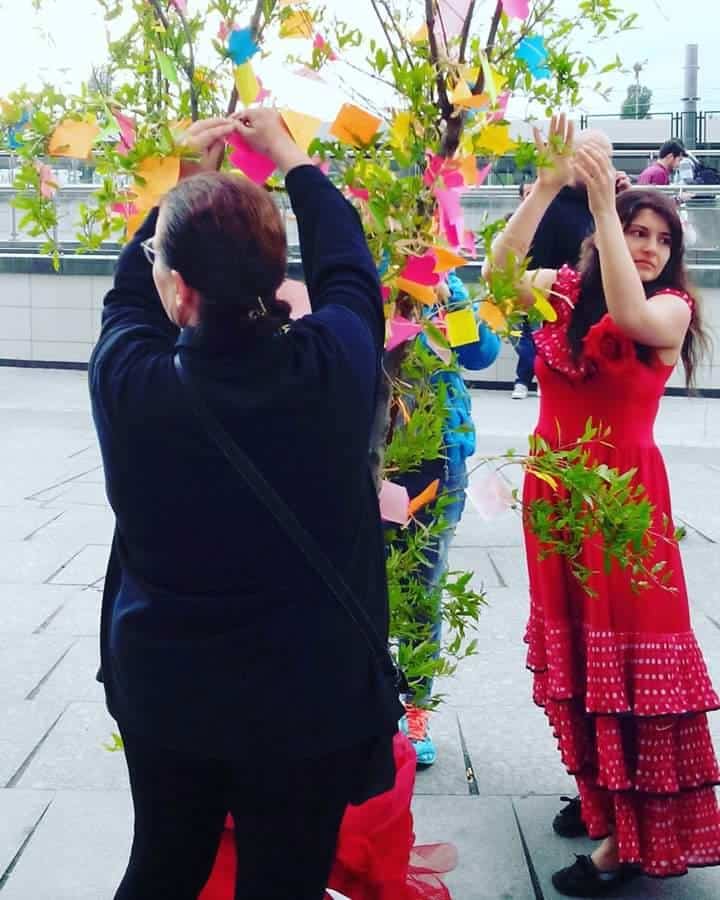
Despite the reputation, marginalization and outcast treatment, there is one time of the year when the Roma really shine and that season is thankfully upon us. Hıdırellez as it is known throughout the Balkans, Turkey and Middle East, is a rather mysterious and ancient festival of Spring, celebrated on the eve of May 5th.
According to my research, the roots of Hıdırellez can be traced back to ancient Mesopotamia, yet it is also generally regarded as the day when the mystical Islamic prophet Al Khidr (thought by some to also be represented by St George, his name deriving from the Arabic word for green, keeper of good fortune and health and particularly revered in the Alevi community) and the Jewish prophet Elijah meet again here on earth. On this day believers tie colorful papers with good wishes written on them, onto trees in hopes for the coming year.
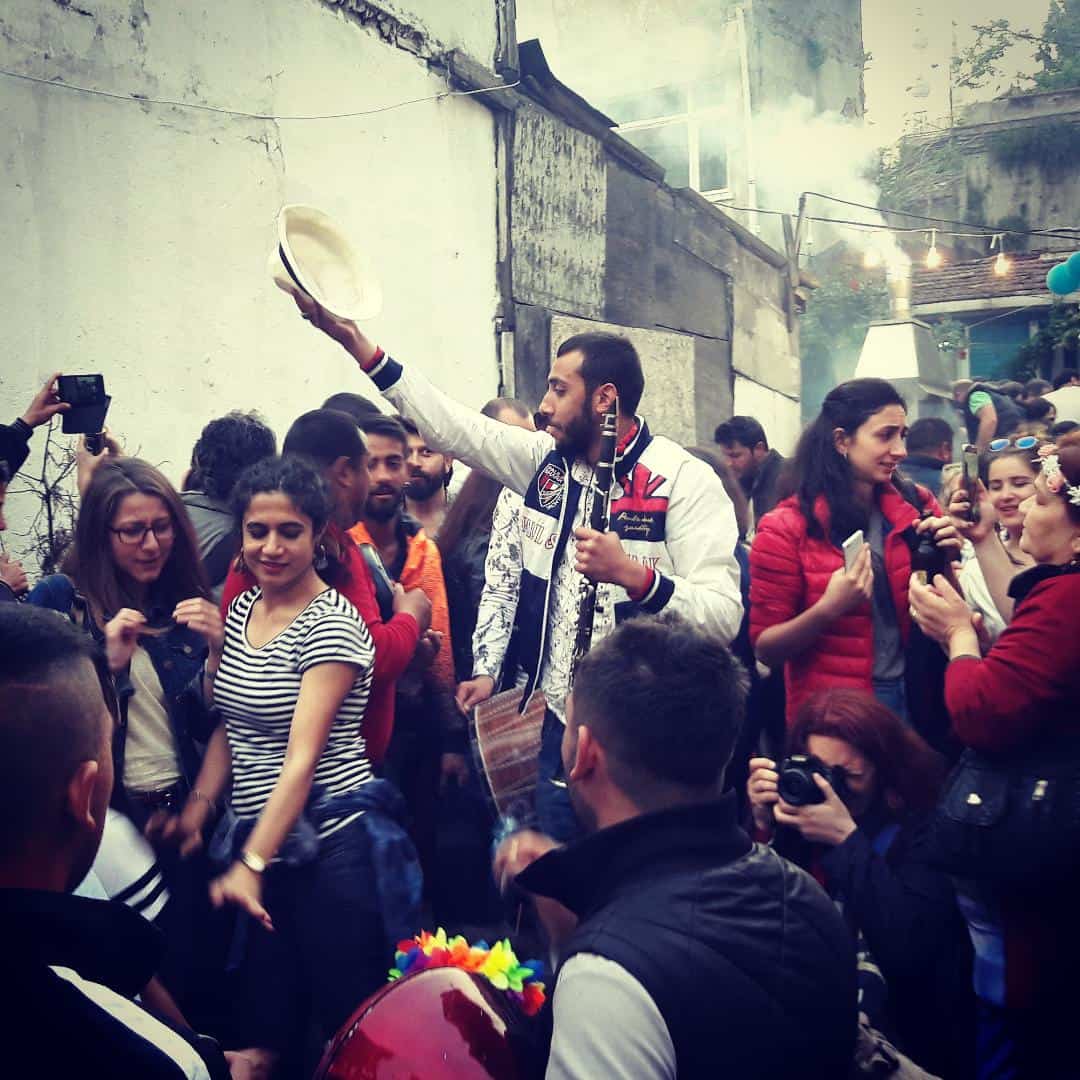
This is a time for spring cleaning and welcoming Al Khidr into your home (as he is apparently thought to actually come to earth), leaving your purse open for him to bring abundance and good wealth and health.
While I am not exactly clear as to how this tradition became adopted in superstitious form by the Roma (who don’t have a specific religious tradition), the best Istanbul Hıdırellez celebration can be found near Sultanahmet in the tiny Roma enclave of Ahırkapı. Here in the narrow backstreets of the old city, as the sun sets, Roma drummers and oboe players gather, creating a marvelously loud and raucous street party unlike anything I have ever seen.
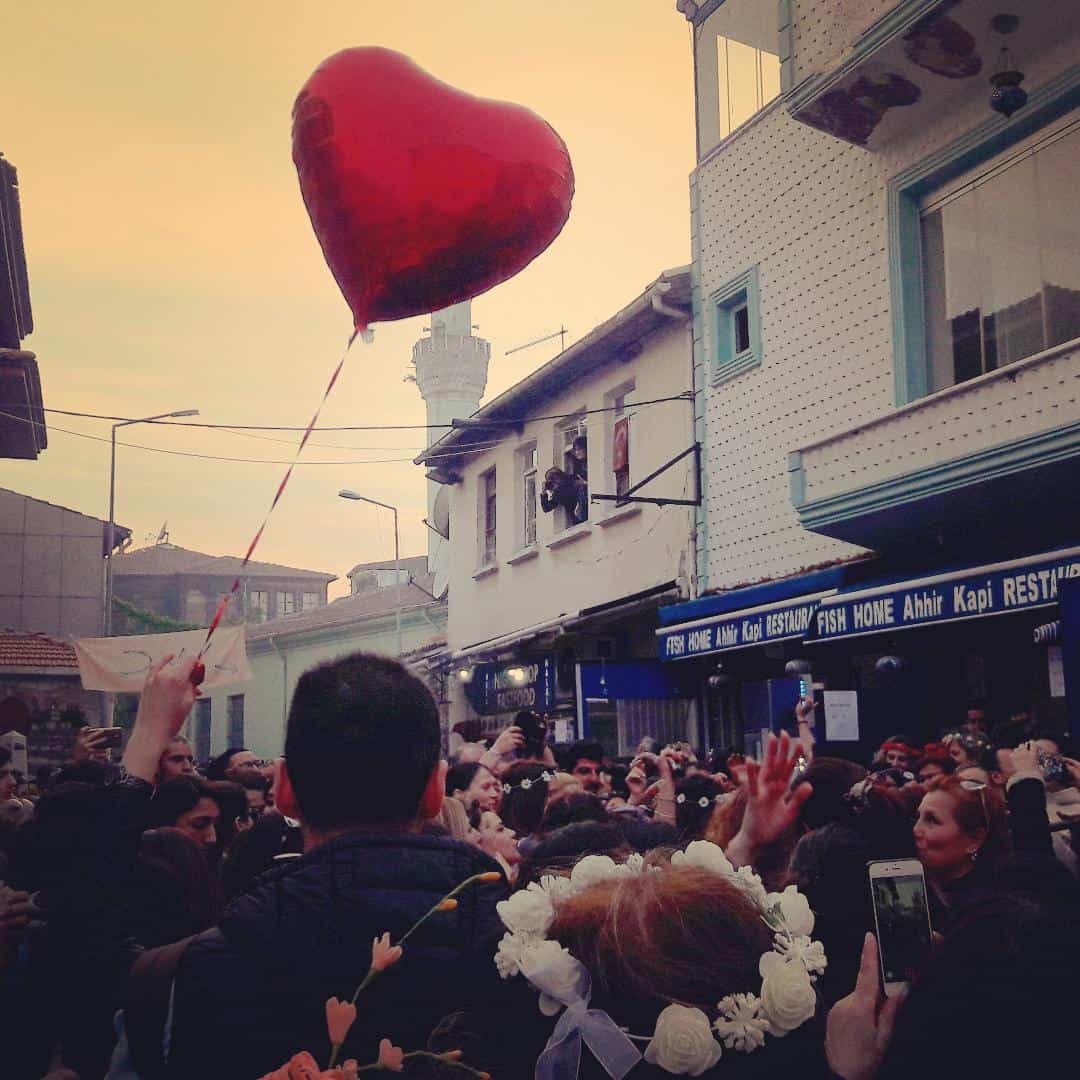
At last years Hıdırellez festival I stood next to an old Roma lady wearing traditional clothing and headscarf, chugging an Efes and laughing together at the packed crowded streets full of dancing university students, old men barbequing kebabs, gleeful children and a few bewildered looking tourists.
There is no party like this anywhere else in the city (possibly anywhere in the world), steeped both in ancient tradition and also a certain remarkable modern joie de vivre, and I highly recommend checking it out.
Head down behind the Hagia Sophia to around Ahırkapı Caddesi and Şadırvan Sokak and follow the sound of the drums (you can’t miss it). One part boozy outdoor street party, one part ancient mystical festival, the cacophony lasts well into the night, eventually spilling out to the seaside with bonfires and fireworks. As a Canadian who grew up with essentially 2 seasons – a painful protracted and seemingly everlasting prairie Winter, and a scant frenetic summer lasting 2 or 3 months at most, springtime in Istanbul is exceptionally lovely to me, and Hıdırellez is the real start of it. Tulips blooming, warm Mediterranean winds blowing up from Africa and into the Sea of Marmara, pregnant street cats howling and flower crowns twirling into the night; Happy Spring and Happy Hıdırellez everybody!










A great article! Thank you for writing it, I enjoyed it alot! So this celebration takes place on the 5th of May, or the night of 4th of May?
Thanks again, great piece!